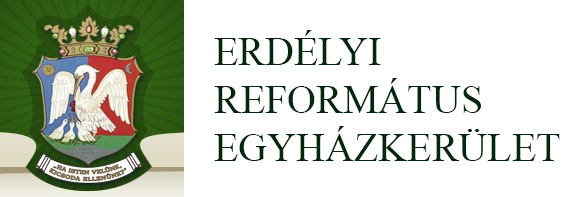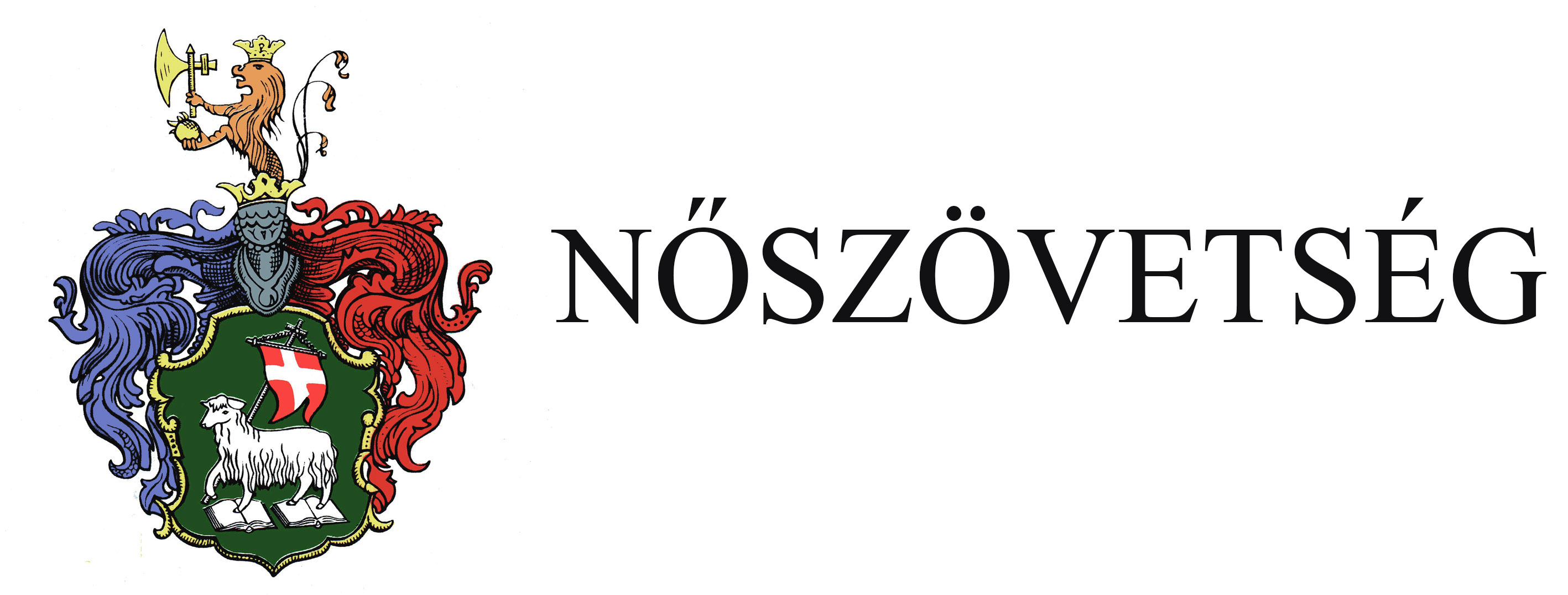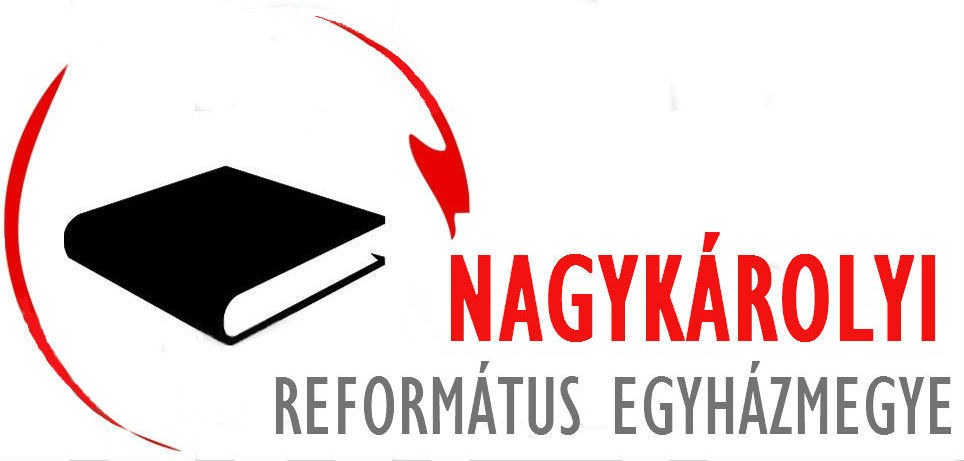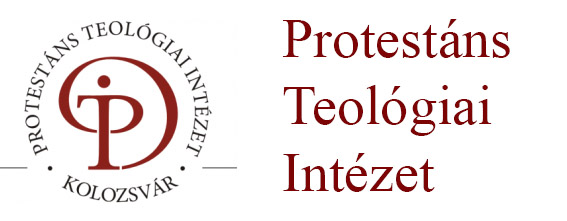Background to the Reformed Church in Romania
The history of the Reformed Church in Transylvania is closely connected to the history of the Reformed Church in Hungary. The organised reformation of the Church in Transylvania started after the fall of the united Hungarian Kingdom as a result of the Mohács Disaster (1526). According to the chronicles Sánta Márton Kálmáncsehi was the first who in 1536 started spreading Calvin’s doctrines.
 Transylvania in the 16th century
Transylvania in the 16th century
After the fall of the Hungarian capital Buda, occupied by the Turks, Transylvania became an independent principality. Its first Reigning Prince, Zsigmond János (1540-1571), had already, by 1563, became a pre-eminent follower and protector of the Lutheran movement, and later of the Helvetic and finally of the Antitrinitarian movements.
Transylvania’s unique political situation required collaboration against the Turkish threat and the exclusivity of Habsburg religious policy. The followers of different Reformed movements recognised very early the necessity of a common stance in this regard. The Hungarian Reformed Reigning Princes of Transylvania sought to promote, by legally-based guarantees, the establishment of peaceful coexistence between the Roman Catholic and the Reformed Churches.
 István Bocskai, Reigning Prince of Transylvania
István Bocskai, Reigning Prince of Transylvania
The Synod of Nagyenyed in 1564 is considered the official foundation of the Reformed Church in Transylvania. Four years later, the Religious Peace of Torda (1568) recognised as free and accepted religions (lat. recepta religio) the Roman Catholic, Helvetic Reformed, Lutheran Evangelical and Antitrinitarian Unitarian Churches; a unique event in the world at that time.
The Reformed District in Transylvania’s first bishop was Ferenc Dávid (1564), who was later to found the Unitarian Church.
In 1604 the Reformed Prince István Bocskai declared war on the Habsburg Empire in defence of freedom of worship. He finished by obtaining international recognition of Transylvania’s autonomy and of the rights of the Protestants. He also secured the Eastern Parts (lat. Partium) of historical Hungary, which he annexed to the historical land of Transylvania. This is the existing region of the Királyhágómellék Reformed District.
Our Reformed Church had its heyday under the Reformed Reigning Princes of Transylvania in the first half of the 17th century. Gábor Bethlen (1613-1629) founded the Reformed Academicum Collegium in Transylvania in 1622, György Rákóczy I. established the Reformed College in Nagyvárad/Oradea. Both united Transylvania and Partium under their reign, fought in the 30 year war and secured the recognition of Transylvania’s sovereignty (included in the Peace Treaty of Westphalia - 1648) and freedom of worship on its territory.
In the 18th century Transylvania was incorporated into the Habsburg Empire, resulting in a ferocious recatholization policy from the Empire’s side. Despite this, the Reformed Church was able to maintain its integrity and to defend the spiritual identity of its believers.
In the middle of the 19th century the Reformed Church identified itself with the struggle for liberation from the Habsburg Empire, hoping for a new Christian and democratic order. In 1867 Transylvania became part of Hungary. The present Királyhágómellék Reformed District belonged to Debrecen Tiszántúli Reformed District since the beginnings of autonomous Transylvanian principality.
 Nagyvárad/Oradea on a postcard dating 1905
Nagyvárad/Oradea on a postcard dating 1905
A new period began with the end of the 1st World War, when Transylvania, as well as Partium were annexed to Romania by virtue of the Trianon Peace Treaty in 1920. Besides the Transylvanian Reformed Church District there was established the Királyhágómellék Reformed Church District. It included 183 seceded parish churches and its headquarters were in Nagyvárad/Oradea. István Sulyok, Dean of Bihar was elected as its first bishop.
The new Romanian state did not recognise the formation of the Királyhágómellék Reformed Church District. Though the Bishop of the Transylvanian Reformed Church District, Károly Nagy swore allegiance to the Romanian state, several illegal measures were taken against the Reformed Church and other minority churches, between the two Wars.
 István Sulyok, Bishop of Nagyvárad/Oradea between 1921-1944
István Sulyok, Bishop of Nagyvárad/Oradea between 1921-1944
István Sulyok, bishop of Nagyvárad/Oradea (1921-1944) and Károly Nagy, bishop of Kolozsvár/Cluj fought a hard struggle against assimilative and discriminative Romanian policy. The state put the mere existence of the Reformed Church in Romania in jeopardy and endangered the religious and national identity of its believers. The most hurtful blow to our Church was that the nationalistic Romanian state illegally appropriated the real property of our churches and abandoned the developed structure of denominational education. Romania failed to respect its obligations regarding minorities assumed under the peace treaty or pursuant to other documents.
After the Treaty of Trianon, these two Reformed Church districts were organised on a countrywide synodical model. Since then, the Reformed Theological Academy in Kolozsvár/Cluj has undertaken the instruction of ministers.
Despite the heavy oppression or maybe in fact because of the necessity of its self-defence against the forces of nationalism which sought to obliterate it, the Reformed Church in Romania underwent a spiritual renewal in the period between the two World Wars.
Following the Decision of Vienna of 1940, the biggest part of the Királyhágómellék Reformed Church District came under the authority of Hungary, as well as the main part of the Transylvanian Reformed Church District. After the 2nd World War, following the reattachment to Romania of these territories, our Church was re-established under the name of Nagyváradi Reformed Church District, while the Transylvanian District got the name of Kolozsvár District. The elected bishop, Béla Csernák was not officially recognised by the Romanian Government.
The communist take-over of 1948 meant the beginning of the persecution of our Church in modern history. In 1948 all the property of our Church was nationalised. In 1952 and in greater numbers after 1956, several Reformed and other minority ministers were arrested. The epoch of atheistic party ideology and dictatorship began. The communist state power forced the leadership of churches to collaborate and totally controlled religious life.
In December 1989, with the heroic stand of the Reformed Congregation of Temesvár/Timisoara the Romanian Revolution broke out. This led to the toppling of the Ceausescu dictatorship.
 László Tokés in March 1989
László Tokés in March 1989
Following these events, both Districts reassumed their previous names. Rev. László Tokés, minister of Temesvár/Timisoara was elected bishop of the Királyhágómellék Reformed Church District (followed by István CSURY in 2009), and Rev. Kálmán Csiha was elected bishop of the Transylvanian Reformed Church District, followed by Géza Pap in 2000.
 István Csűry was elected Bishop of the Királyhágómellék Church District in November 2009
István Csűry was elected Bishop of the Királyhágómellék Church District in November 2009
Since the changes of 1989, the Reformed Church in Romania has fought steadily for freedom of worship, for the religious, human and community rights of its believers, as well as for the restitution of its educational and social institutions. Following the path of spiritual and financial renewal, our Church is building places of worship, diaconal institutions, as well as operating denominational educational institutes and looking for ways to promote and engage in missionary and social work.
Pastoral training in Romania
The present-day building of the Protestant Theological Institute is more than one hundred years old. The college itself is much older than that.
In 1622 Gábor Bethlen, Prince of Transylvania, founded the Reformed Collegium Academicum in Gyulafehérvár (Alba Iulia). In 1662 it was moved to Nagyenyed (Aiud).
In the middle of the 19th century it was decided that the Academy should be brought to Kolozsvár (Cluj). After the re-union of Transylvania with the Hungarian Kingdom (1848) there were plans for the opening of its own university. This project was finally realised in 1871 in Kolozsvár (without a theological faculty). Two decades later the Reformed Church took the decision to build a centre for it. It was there in 1895 that the began its operations. The old school in Nagyenyed continued as a church-gymnasium.
In the first 20 years after its establishment the college underwent rapid development; it attained a pre-eminent position in the scientific life of our country. The change of ruler in 1920 brought about a rupture and, cut off from Hungarian culture, a new start was needed. The church-building activity of the 20's and 30's can be compared to a mini-Reformation. Karl Barth' s dialectical theology played an important role in the new orientation of theological education.
After the Second World War communist rule exercised an even more pervasive influence on the life of the faculty than had the change of empire. In 1949 the administrative combination of the Reformed Theological Faculty with the Unitarian Theological Academy and the then-founded Theological College of the Transylvanian Saxons followed. Though the new Protestant Theological Institute supported ecumenism, it was introduced under pressure from the State and since that time was subjected to strict State control. After 1959 this control became more and more oppressive by the everyday presence of the twofold atheistic and nationalistic influence exerted by representatives of the State apparatus. Since the changes of 1989, thank God, State influence has lessened.
The Theological Academy in Cluj/Kolozsvár shares a symbiotic relationship with the church based on the principle that: "Theology cannot exist outside the church and the church cannot live without theology".
The Protestant Theological Institute is the pastoral-training seminary of three Transylvanian churches: the Reformed, the Evangelical-Lutheran and the Unitarian.
PTI is the only Protestant seminary that trains pastors, in 2 languages and at 2 residences (in Hungarian in Cluj/Kolozsvár, and in German in Sibiu/Hermanstadt/Nagyszeben), with 3 faculties that embrace 3 denominations: Reformed-Evangelical Faculty (Cluj/Kolozsvár); Unitarian Faculty (Cluj/Kolozsvár); Saxon Evangelical Faculty (Sibiu/Nagyszeben), and these belong to 4 churches: The Reformed Church, The Unitarian Church, The Hungarian Evangelical-Lutheran Church, The Saxon Evangelical-Lutheran Church.
The Institute is under the supervision of 5 episcopates, as the Reformed Church in Transylvania has two districts: the 'Királyhágómelléki' with its seat in Oradea/Nagyvárad, and the 'Erdélyi' (Transylvanian) one with its seat in Cluj/Kolozsvár.
The university is accommodated in one building in which the teaching takes place, where the students and professors live and which also includes the library and the canteen. The Library has about 100,000 volumes. The most used and the newest books are detailed in electronic catalogues on the library's computer.




























